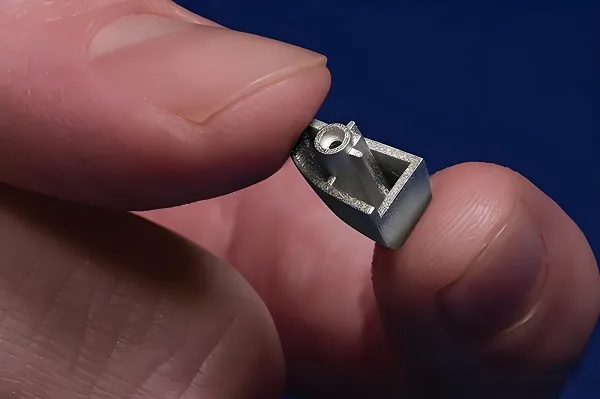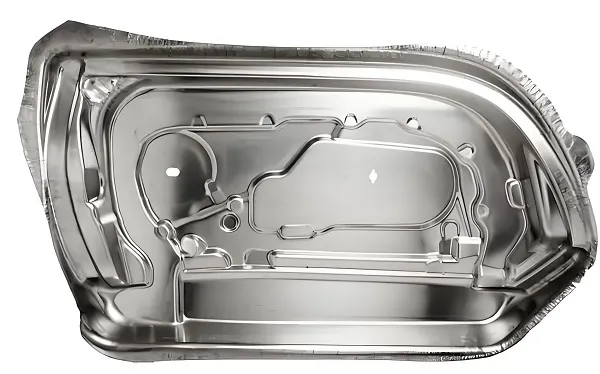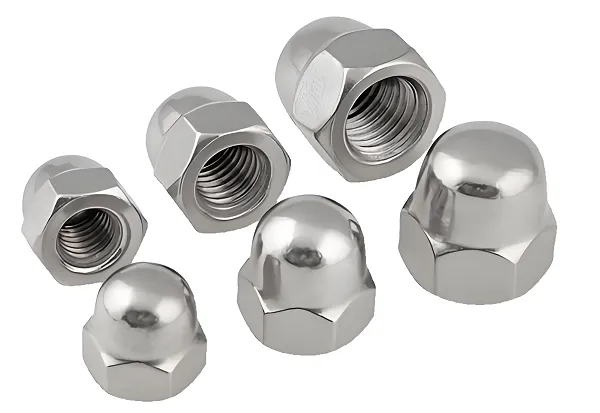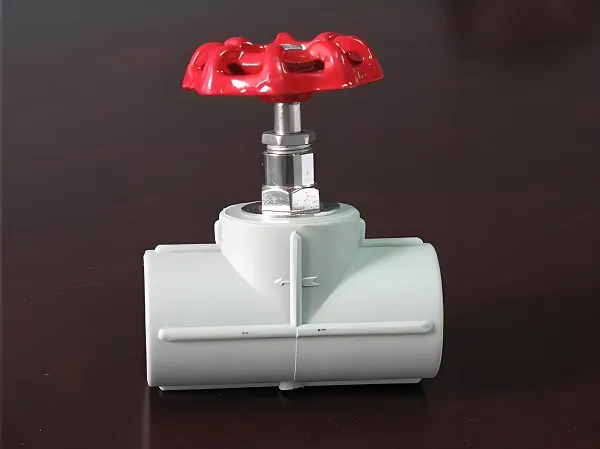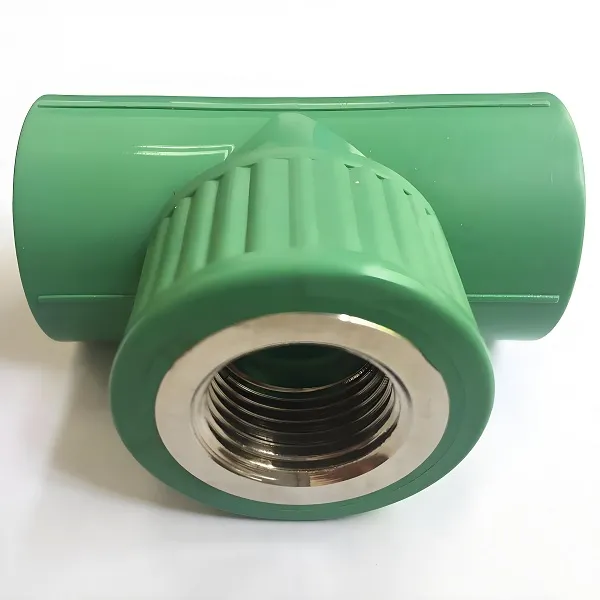Plastic injection molding, as an efficient and flexible plastic processing technology, has occupied a pivotal position in the manufacturing industry since the mid-20th century. With the progress of science and technology and the constant change of market demand, plastic injection molding technology is also constantly innovated and improved. The purpose of this report is to discuss in depth the technical process, technical advantages, applicable fields, practical application effects and product data testing of plastic injection molding, with a view to providing reference and reference for practitioners and researchers in related fields.

Theoretical Basis and Conceptual Framework
Plastic injection molding technology is a process of injecting molten plastic into a mold cavity and obtaining the desired shape of plastic products after cooling and curing. Its theoretical foundation mainly involves the physical and chemical properties of plastic materials, mold design and manufacturing, the working principle of injection molding machine and the regulation of process parameters. The previous research results in this field are fruitful, including the modification of plastic materials, the optimal design of injection molds, the precise control of injection molding process parameters, etc. These results have laid a solid foundation for the development of plastic injection molding technology. However, there are still some gaps in the current research, such as the flow behavior of plastic materials during the injection molding process, the uniformity of the mold temperature field, and the residual stress of the injection molded parts, etc. These issues have an important impact on the quality and performance of the injection molded parts, and need to be further investigated in depth.
Research design and data sources
This study adopts a combination of experimental research and theoretical analysis to provide an in-depth discussion of plastic injection molding technology. In the experimental part, a series of injection molding samples were prepared by designing different injection process parameters (e.g., injection pressure, injection speed, mold temperature, etc.), and their performance tests and microstructure observations were conducted. In the theoretical part, based on the basic principles of fluid mechanics and material science, a mathematical model of the injection molding process was established to simulate and analyze the flow behavior and curing process of plastic in the mold. The research data comes from experimental tests and model calculations, and the data collection methods include performance tester, microscope observation, numerical simulation software, etc.
Introduction and Analysis of Technical Processes
Plastic injection molding technology mainly includes plastic pretreatment, injection molding machine operation, mold design and manufacturing, injection molding process parameters regulation and other steps. Plastic pretreatment includes drying, mixing and color matching of plastics to ensure the uniformity and stability of plastics. Injection molding machine operation involves the regulation of injection pressure, injection speed, injection time and other parameters to control the flow behavior of plastic in the mold. Mold design and manufacturing is the key to injection molding technology, the structure and accuracy of the mold directly affect the shape, size and surface quality of the injection molded parts. The regulation of injection process parameters is the key to achieve high quality injection molded parts, including the optimization of injection pressure, injection speed, mold temperature, holding time and other parameters.
Technical Advantages
Plastic injection molding technology has the advantages of high efficiency, flexibility, low cost and strong adaptability. Firstly, injection molding can realize mass production with high production efficiency, which is suitable for mass production. Secondly, injection molding technology is flexible and can produce plastic products with complex shapes and precise dimensions. In addition, injection molding technology has low cost, short mold manufacturing cycle and relatively low production cost. Finally, injection molding technology is highly adaptable and can process a wide range of plastic materials to meet the demand for plastic products in different fields.
Applicable fields
Plastic injection molding technology is widely used in automotive, electronics, home appliances, medical, toys and many other fields. In the automotive field, injection molding technology is used to produce automotive interior and exterior parts, structural parts and so on. In the field of electronics, injection molding technology is used to produce cell phone shells, computer shells, monitor shells and so on. In the field of home appliances, injection molding technology is used for the production of refrigerators, washing machines, air conditioners and other home appliances shell and internal structural parts. In the medical field, injection molding technology is used for the production of medical equipment, medical supplies, and so on. In the field of toys, injection molding technology is used to produce a variety of plastic toys.
Practical application effect and product data testing
By optimizing the injection molding process parameters and mold design, a series of high-quality injection molded samples were prepared in this study. The performance test results show that the mechanical properties of injection molded parts, such as tensile strength, bending strength and impact toughness, meet the requirements of relevant standards. The microstructure observation found that the internal organization of the injection molded parts is uniform, without obvious defects. In addition, this study also tested the dimensional accuracy and surface quality of the injection molded parts, and the results showed that the dimensional accuracy of the injection molded parts was high and the surface quality was good, which met the design requirements.
In order to verify the reliability of the injection molded parts, this study also carried out environmental adaptability tests, including performance tests under high temperature, low temperature, wet and hot environments. The test results show that the injection-molded parts can still maintain good mechanical properties under high temperature, low temperature and humid heat environments, and have high reliability.
Conclusion and Prospect
In this study, the plastic injection molding technology has been explored in depth through a combination of experimental research and theoretical analysis. The results show that plastic injection molding technology has the advantages of high efficiency, flexibility, low cost and adaptability, and is widely used in many fields such as automotive, electronics, home appliances, medical care and toys. By optimizing the injection molding process parameters and mold design, high-quality injection molded parts can be prepared to meet the relevant standard requirements.
However, there are still some challenges in the current injection molding technology, such as the flow behavior of plastic materials during the injection molding process, the uniformity of the temperature field of the mold, and the residual stress of the injection molded part. Future research can further explore these issues to further optimize injection molding technology and improve the quality and performance of injection molded parts. In addition, with the development of new materials and technologies, injection molding technology will continue to innovate and improve, injecting new vitality into the development of the manufacturing industry.
Based on real, objective and accurate research data and theoretical analysis, this report provides an in-depth discussion on plastic injection molding technology. The content of the report is targeted and professional, with clear logic, well-organized, and close connection between each part. The language is accurate and concise, avoiding vague or ambiguous words. At the same time, the report respects intellectual property rights and correctly cites and labels references. It is hoped that this report will provide useful references and lessons for practitioners and researchers in related fields.


